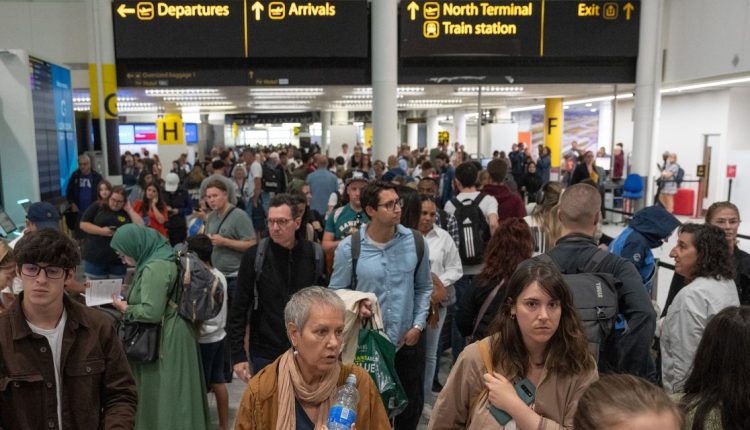The numbers: An ISM barometer of U.S. business conditions at service companies such as restaurants and hotels strengthened to 54.5% in August from 52.7% in the prior month. This is the highest level since February.
Economists polled by the Wall Street Journal had expected the index to slip to 52.5%.
This is the eighth straight reading above the 50% threshold that indicates expansion in the economy.
Key details: The details of the report were also strong. Activity improved to 57.3% in August from 57.1% in the prior month. The new orders index rose 2.5 percentage points to 57.5% in August. The employment index rose 4 percentage points to 54.7%.
Prices rose 2.1 percentage points to 58.9% in the month. Thirteen out of 18 industries reported growth in August.
A separate reading on the service sector from S&P Global Market Intelligence reported a slowdown in growth in August.
However, the S&P Global U.S. services PMI fell to 50.5 in August, down sharply from 52.3 in the prior month and from the “flash” reading of 51. This is the slowest pace in seven months.
Big picture: “Despite mixed signals from regional Fed and national surveys, the service sector has remained resilient. We expect this trend to continue, however any signs of weakening would be noteworthy since services and consumer spending have been the major drivers of growth lately,” said Aichi Amemiya, chief economist at Nomura.
What are they saying? “Strong new orders activity is an indication that consumer and business activity in the U.S. economy continue to defy gravity — higher interest rates, accumulating debt, and depleted savings have all failed to squash services spending thus far and the ISM Services PMI reveals that the trend is tilting higher once again,” said Kurt Rankin, senior economist at PNC Financial Services Group.
Market reaction: U.S. stocks
DJIA
SPX
dropped after the ISM data was released and the 10-year Treasury yield
BX:TMUBMUSD10Y
jumped 3 basis points to 4.29% as Wall Street worried the data will increase the likelihood that the Federal Reserve will make additional rate hikes.
Read the full article here

